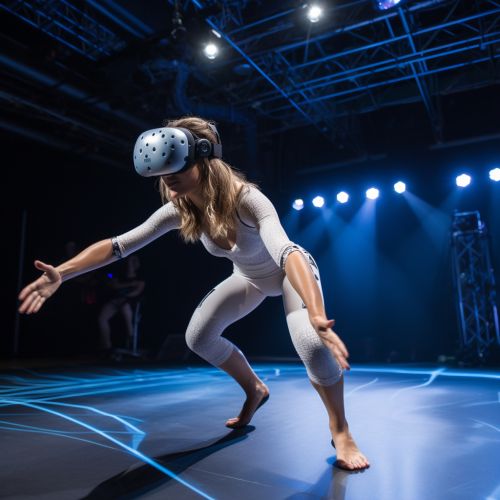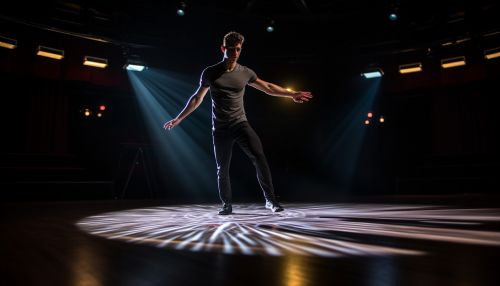Three Stages of Motor Learning
Cognitive Stage
The first stage of motor learning is the cognitive stage. This stage is characterized by the learner trying to understand the nature of the motor task and what is required to perform it. The learner is often clumsy and inefficient in their movements, but with practice, they begin to understand the task and improve their performance.
During this stage, the learner relies heavily on visual feedback to correct their errors and improve their performance. They also use cognitive strategies, such as mental rehearsal and visualization, to understand the task and plan their movements. The cognitive stage is often short-lived, but it is a crucial part of the motor learning process.


Associative Stage
The second stage of motor learning is the associative stage. This stage is characterized by the learner refining their movements and reducing their errors. The learner begins to associate the motor task with the sensory feedback they receive, allowing them to adjust their movements and improve their performance.
During the associative stage, the learner relies less on visual feedback and more on proprioceptive feedback, which is the sense of the relative position of one's own parts of the body and strength of effort being employed in movement. This allows the learner to adjust their movements based on the feel of the task, rather than what they see.
The associative stage is often longer than the cognitive stage, as the learner refines their movements and improves their performance. This stage is also characterized by the learner becoming more efficient in their movements, using less energy to perform the task.


Autonomous Stage
The third and final stage of motor learning is the autonomous stage. This stage is characterized by the learner being able to perform the motor task without conscious thought. The learner has become so proficient at the task that they can perform it automatically, without needing to think about each individual movement.
During the autonomous stage, the learner is able to perform the task in a variety of conditions, such as under pressure or in different environments. They are also able to adapt their movements to changes in the task or environment, demonstrating a high level of skill and adaptability.
The autonomous stage is the ultimate goal of motor learning, as it allows the learner to perform the task efficiently and effectively, without needing to devote conscious thought to each movement.


